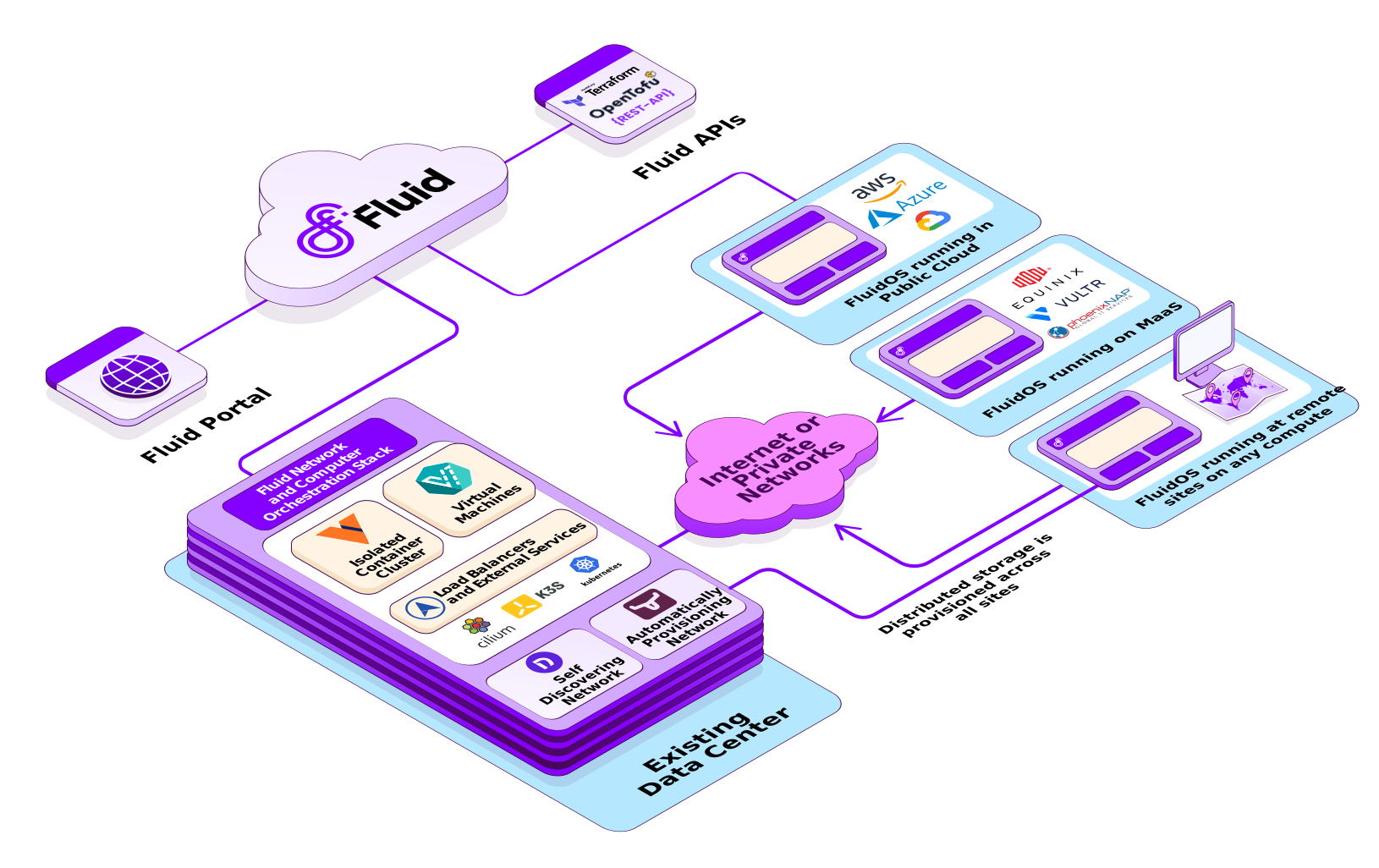Facing the complexity of technology can be daunting for the everyday business owner, however, it is no secret that a strong tech infrastructure is often the backbone of a successful business. Tech in business, that’s where Fluid comes in. Fluid specialises in enhancing the technology that drives your business, making your tech smarter, faster, and more adaptable than ever before. Throughout this blog we’ll explore how the expert team at Fluid can transform your business’s tech landscape, without getting lost in the complexity of the technological world.
What Fluid Can Achieve for A Business
Imagine automation that simplifies tasks, blazing-fast upload and download speeds, and an agility that opens doors to new possibilities. That’s the power of Fluid. By leveraging cutting-edge technology and innovative solutions, Fluid empowers businesses like yours to thrive in the digital age. Let’s take a closer look at some key areas where Fluid can make a difference in your business today.
The Complex Details, Simplified
Kubernetes
You might have heard of Kubernetes, but what exactly are they? Think of them as the behind-the-scenes wizards that manage and scale your applications effortlessly. At Fluid, we take Kubernetes to the next level, ensuring seamless integration that boosts your business’s efficiency and productivity. With Fluid’s Kubernetes solutions, you can say goodbye to downtime and hello to a smoother, more streamlined operation.
Container-Based Environments
Containers are like magic boxes that hold everything your applications need to run smoothly. They’re lightweight, portable, and super-efficient. With Fluid, we make container-based environments even better, streamlining processes and giving your business the flexibility it needs to thrive. Whether you’re deploying new applications or scaling existing ones, Fluid’s container solutions are designed to meet your needs every step of the way.
Reassessing the Public Cloud
The public cloud sounded great at first, but it’s not without its drawbacks. That’s why we advocate for hybrid cloud solutions. By combining the scalability of the cloud with the security of on-premise systems, Fluid creates a balanced infrastructure that’s tailor-made for your business’s needs. Say goodbye to unexpected costs and performance issues, and hello to a cloud strategy that works for you.
Transforming On-Premise Infrastructure
Is your on-premise infrastructure feeling a bit outdated? It’s time for a transformation. Fluid specialises in modernising your tech setup, cutting costs, and simplifying management. Our customised solutions ensure that your business stays ahead of the curve, ready to tackle whatever the future holds. From upgrading hardware to optimising software, Fluid’s experts are here to help you every step of the way.
Read To Upgrade?
No matter if you are just getting started, upgrading legacy infrastructure, or needing continued development of your current software, Fluid is here for you. Take your business to new levels with increased performance, efficiency, and security with Fluid’s expert help. Want to decrease tasks that usually take 2-3 days to complete down to a matter of minutes? That is exactly what we achieved for ASE, and you can read more about it here.
Partner With The Team That Knows Tech
Fluid isn’t just a tech company; we’re your partners in progress. Together, let’s build a future where innovation knows no bounds. Join us and discover the possibilities that await. With Fluid by your side, the sky’s the limit.





